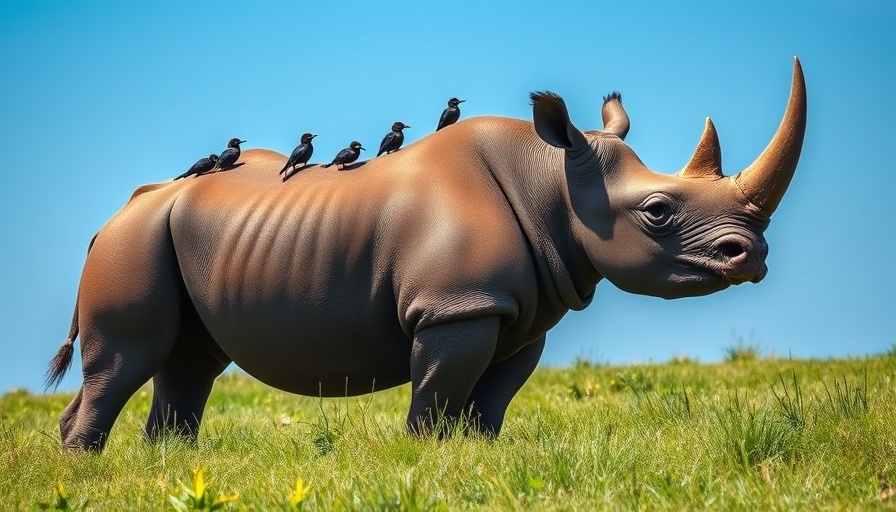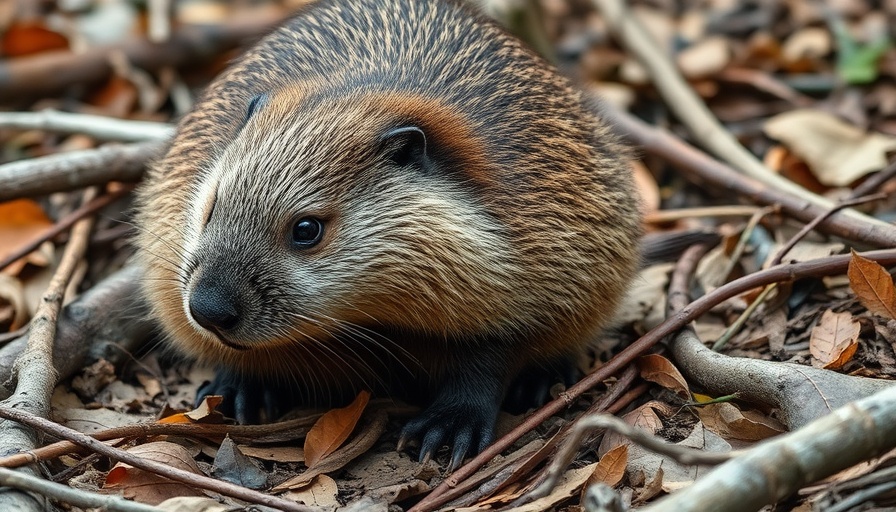
Exploring the International Wildlife Congress 2025
As wildlife conservation takes center stage globally, the International Wildlife Congress 2025 serves as a critical gathering aimed at exploring the many dimensions of wildlife management. Scheduled for September 1-4, 2025, in Lillehammer, Norway, this congress is organized by the University of Inland Norway alongside several prominent organizations including IUGB and Euromammals. With the main theme of "How wild is wildlife", attendees can expect a significant focus on the nuanced relationships between humans and wildlife.
The Importance of Sub-Themes
The congress will delve into several pressing sub-themes that reflect current issues in wildlife biology. Key topics include:
- Human-Wildlife Interactions: Addressing conflicts and pathways to coexistence.
- Technological Advances in Wildlife Research: Incorporating innovations that enhance conservation efforts.
- Global Perspectives and Challenges: Understanding the varying conservation needs from different parts of the world.
- Wildlife Diseases: Tackling the ramifications of diseases on wildlife populations and ecosystems.
These sub-themes not only align with the recent publications in the journal Wildlife Biology but also highlight the importance of interdisciplinary approaches in wildlife conservation.
Scientific Contributions and Engagements
Wildlife Biology, the scientific outlet for the conference, is calling for submissions of research papers that contribute to the discourse surrounding wildlife management. Notably, authors do not need to attend the conference to submit their findings. This initiative ensures a wider range of voices and discoveries can be shared within the scientific community.
Additionally, a photo competition will give budding photographers an opportunity to showcase their work, with the winning image featured on the cover of the congress proceedings. Moreover, there will be a Poster Award recognizing the best poster presentations—promoting an engaging atmosphere for learning and discussion.
Why Attend the International Wildlife Congress?
This congress represents a unique opportunity for wildlife enthusiasts, researchers, and policymakers to connect, share ideas, and foster collaborations that can drive innovative solutions for wildlife conservation challenges. The discussions and presentations at this event aim to inspire new strategies that are not only effective but also sustainable.
Final Thoughts and Registration
With wildlife populations facing unprecedented pressures from habitat destruction, climate change, and disease, the International Wildlife Congress 2025 offers a platform to not just talk about the challenges but also to engage in finding actionable solutions. Interested participants are encouraged to register now and take part in shaping the future of wildlife management. This is an essential event for anyone passionate about preserving the natural world.
 Add Row
Add Row  Add
Add 




Write A Comment